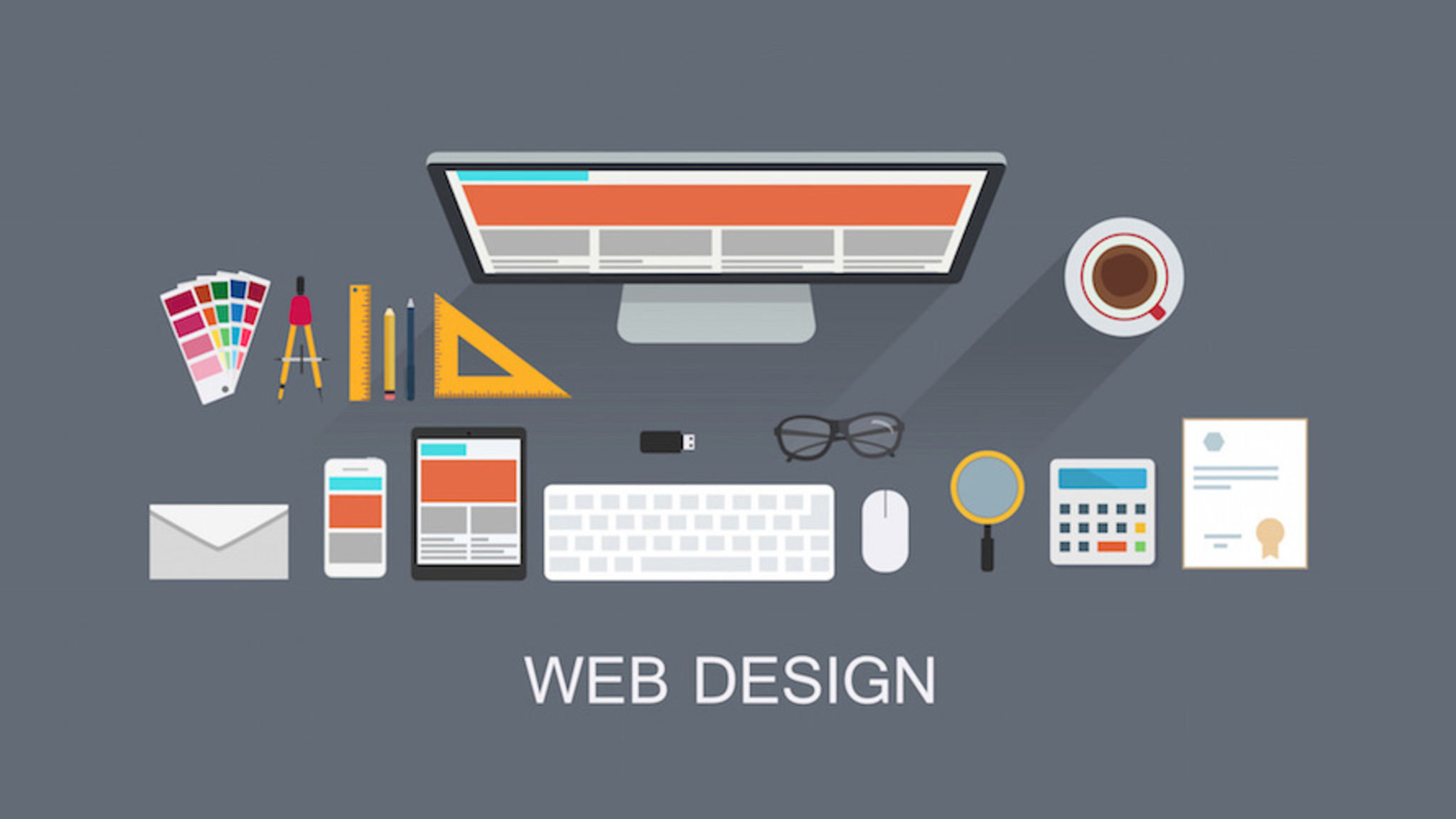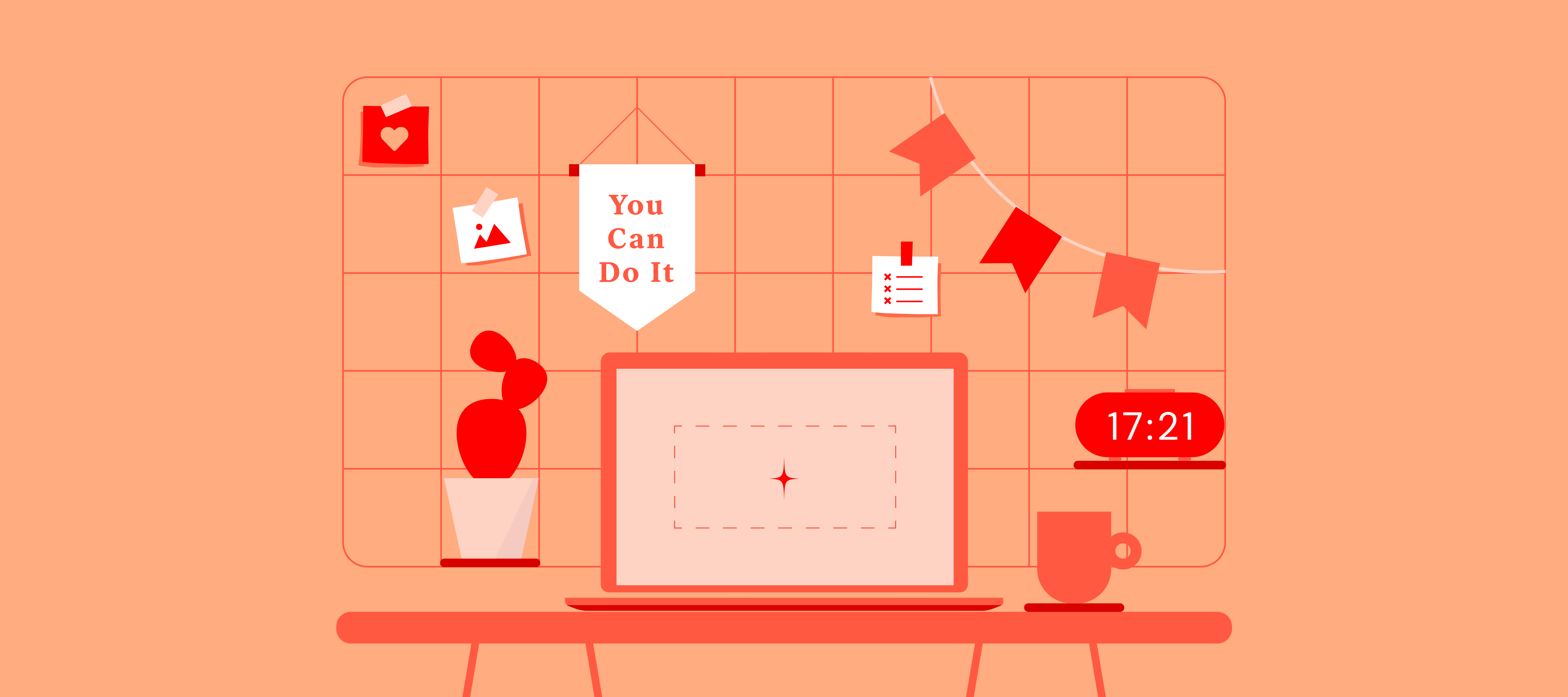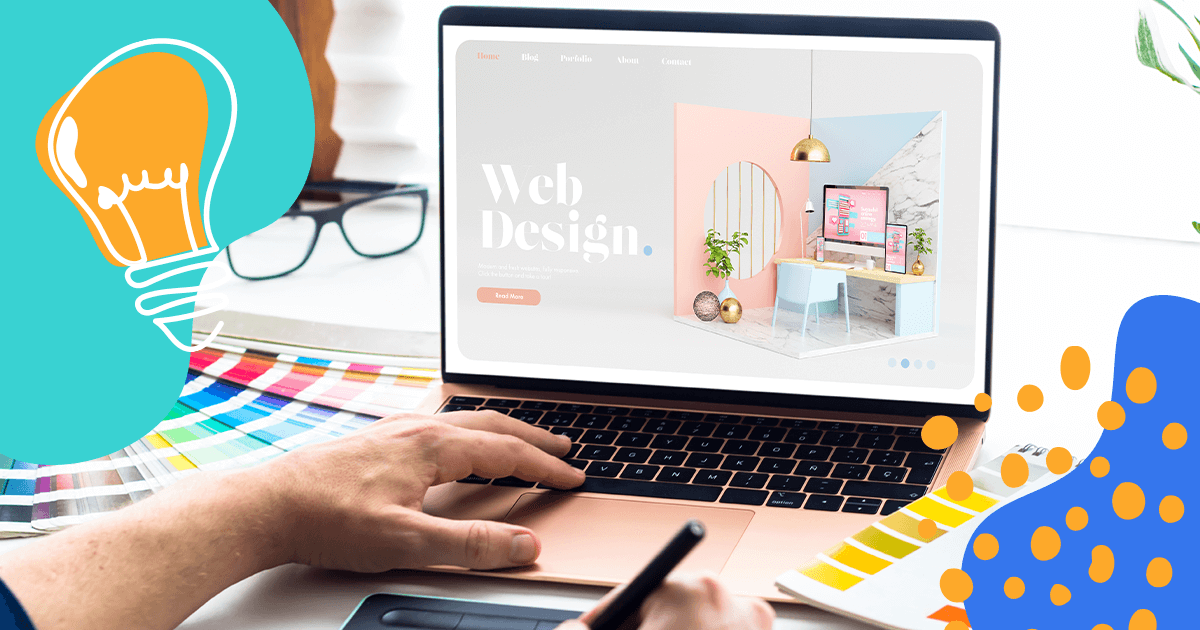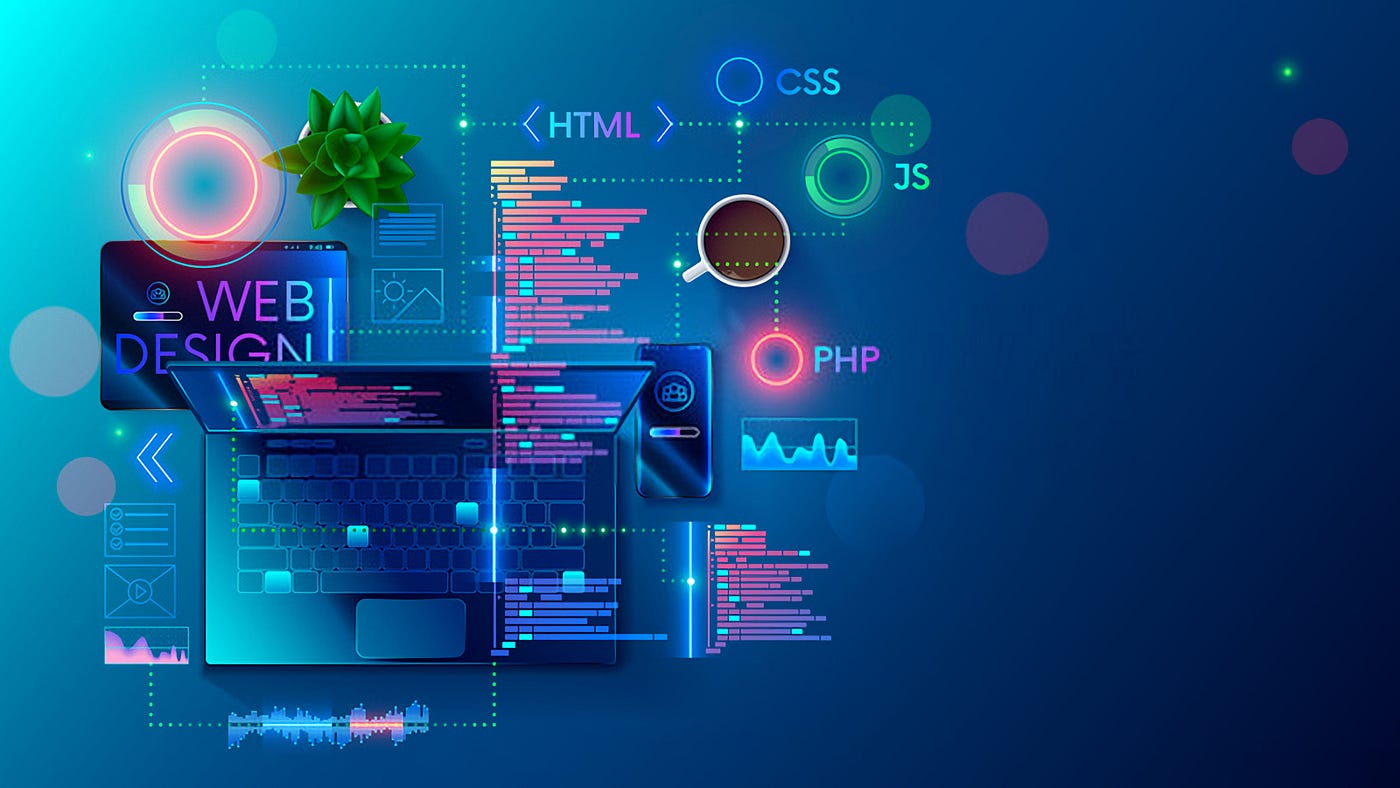All Categories
Featured
Table of Contents
- – Arch Web Design: Top-rated Web Design Agency F...
- – Basics Of Web Development & Coding Specializa...
- – Web Design - Entrepreneur Tips and Tricks:
- – Minneapolis Web Design - 100+ Five Star Revie...
- – Web Design Company In Orlando, Florida And Ba...
- – Web Design Software By Xara Tips and Tricks:
- – Web Design And Engineering Major - Santa Cla...
- – The Top 10 Most Important Elements Of A Webs...
- – Web Design - Uci Division Of Continuing Educ...
- – Web Design Service - Professionally Designed...
- – Wicky Design: Philadelphia Web Design Tips a...
Arch Web Design: Top-rated Web Design Agency For Saas ... Tips and Tricks:
Quick summary Usability and the energy, not the visual style, determine the success or failure of a website. Given that the visitor of the page is the only person who clicks the mouse and therefore chooses everything, user-centric style has actually established as a standard technique for successful and profit-oriented web design - web design frederick md.
and the utility, not the visual design, determine the success or failure of a site. Given that the visitor of the page is the only individual who clicks the mouse and therefore chooses everything, user-centric design has actually ended up being a basic method for successful and profit-oriented website design. If users can't utilize a feature, it might as well not exist.
g. where the search box must be put) as it has actually currently been done in a number of posts; rather we concentrate on the approaches which, utilized effectively, can cause more sophisticated style choices and simplify the procedure of viewing presented info. Please discover that you might be interested in the usability-related posts we've published prior to: Concepts Of Excellent Website Style And Effective Website Design Guidelines, In order to utilize the principles correctly we first need to comprehend how users communicate with websites, how they believe and what are the basic patterns of users' behavior.
Basics Of Web Development & Coding Specialization - Coursera Tips and Tricks:
Visitors glimpse at each new page, scan a few of the text, and click the very first link that captures their interest or slightly resembles the thing they're trying to find. In truth, there are big parts of the page they do not even take a look at. A lot of users browse for something fascinating (or useful) and clickable; as quickly as some promising prospects are found, users click.
If a page offers users with premium content, they want to compromise the content with ads and the design of the site. This is the reason not-that-well-designed sites with premium content acquire a lot of traffic over years. Content is more crucial than the style which supports it.

Really simple concept: If a site isn't able to fulfill users' expectations, then designer stopped working to get his job done effectively and the business loses cash. The greater is the cognitive load and the less user-friendly is the navigation, the more ready are users to leave the site and search for alternatives.
Web Design - Entrepreneur Tips and Tricks:
Neither do they scan website in a direct fashion, going sequentially from one website section to another one. Instead users satisfice; they pick the very first reasonable option. As quickly as they discover a link that looks like it may lead to the goal, there is an excellent possibility that it will be right away clicked.
It does not matter to us if we understand how things work, as long as we can utilize them. If your audience is going to act like you're developing signboard, then style terrific signboards." Users wish to be able to control their web browser and count on the consistent information presentation throughout the website.
If the navigation and site architecture aren't instinctive, the number of question marks grows and makes it harder for users to comprehend how the system works and how to get from point A to point B. A clear structure, moderate visual clues and easily identifiable links can help users to discover their course to their goal.
Minneapolis Web Design - 100+ Five Star Reviews - Seo ... Tips and Tricks:

claims to be "beyond channels, beyond products, beyond circulation". What does it mean? Considering that users tend to explore sites according to the "F"-pattern, these three declarations would be the very first elements users will see on the page once it is packed. Although the style itself is basic and instinctive, to understand what the page is about the user requires to search for the answer.
When you have actually achieved this, you can communicate why the system is helpful and how users can benefit from it. Do Not Misuse Users' Persistence, In every task when you are going to offer your visitors some service or tool, try to keep your user requirements very little.
First-time visitors are ready to, not filling long web forms for an account they may never utilize in the future. Let users check out the site and find your services without requiring them into sharing private information. It's not affordable to require users to go into an email address to test the feature.
Web Design Company In Orlando, Florida And Bangor, Maine Tips and Tricks:
And that's what you desire your users to feel on your web website. The registration can be done in less than 30 seconds as the type has horizontal orientation, the user does not even need to scroll the page.
A user registration alone is adequate of an obstacle to user navigation to cut down on incoming traffic. 3. Handle To Focus Users' Attention, As websites provide both fixed and vibrant material, some aspects of the interface draw in attention more than others do. Obviously, images are more attractive than the text just as the sentences marked as vibrant are more appealing than plain text.
Focusing users' attention to specific areas of the website with a moderate use of visual aspects can assist your visitors to receive from point A to point B without thinking of how it in fact is supposed to be done. The less enigma visitors have, the they have and the more trust they can establish towards the business the site represents.
Web Design Software By Xara Tips and Tricks:
Make Every Effort For Function Direct exposure, Modern web styles are normally slammed due to their technique of assisting users with aesthetically appealing 1-2-3-done-steps, big buttons with visual impacts and so on. From the design perspective these aspects in fact aren't a bad thing.
The website has 9 primary navigation choices which show up at the very first glance. The choice of colors might be too light. is an essential principle of successful user interface design. It does not actually matter how this is attained. What matters is that the material is well-understood and visitors feel comfy with the way they connect with the system.
com gets directly to the point. No adorable words, no exaggerated declarations. Rather a rate: just what visitors are looking for. An optimum solution for reliable writing is touse short and succinct expressions (come to the point as quickly as possible), use scannable design (classify the content, use numerous heading levels, utilize visual aspects and bulleted lists which break the circulation of uniform text blocks), use plain and objective language (a promotion does not require to sound like ad; give your users some affordable and unbiased reason that they ought to use your service or remain on your website)6.
Web Design And Engineering Major - Santa Clara University Tips and Tricks:
Users are rarely on a website to delight in the style; furthermore, for the most part they are looking for the info regardless of the style - web design frederick md. Pursue simplicity instead of intricacy. From the visitors' point of view, the very best website design is a pure text, without any advertisements or more content blocks matching precisely the question visitors used or the content they've been trying to find.
Finch plainly provides the information about the website and offers visitors an option of options without overcrowding them with unnecessary content. 7. Do not Hesitate Of The White Space, In fact it's truly hard to overestimate the value of white space. Not only does it help to for the visitors, but it makes it possible to perceive the details provided on the screen.
Complex structures are harder to check out, scan, evaluate and work with. If you have the choice in between separating 2 style sectors by a noticeable line or by some whitespace, it's generally much better to utilize the whitespace option. (Simon's Law): the better you handle to provide users with a sense of visual hierarchy, the much easier your material will be to perceive.
The Top 10 Most Important Elements Of A Website Design Tips and Tricks:
The very same conventions and guidelines must be used to all elements.: do the most with the least amount of cues and visual elements. 4 significant points to be thought about: simpleness, clearness, diversity, and focus. Simplicity consists of only the elements that are essential for interaction. Clarity: all parts need to be created so their meaning is not uncertain.
Conventions Are Our Friends, Conventional design of website aspects doesn't lead to a boring web website. In reality, as they reduce the finding out curve, the need to figure out how things work. For circumstances, it would be an usability nightmare if all websites had various visual discussion of RSS-feeds. That's not that different from our regular life where we tend to get used to fundamental concepts of how we organize data (folders) or do shopping (placement of items).
understand what they're anticipating from a site navigation, text structure, search placement etc. A common example from usability sessions is to equate the page in Japanese (assuming your web users don't understand Japanese, e. g. with Babelfish) and offer your usability testers with a job to find something in the page of various language.
Web Design - Uci Division Of Continuing Education Tips and Tricks:
Test Early, Test Often, This so-called TETO-principle should be used to every web style task as use tests typically supply into significant problems and issues related to a given design. Test not too late, not too little and not for the wrong reasons.
Some crucial indicate keep in mind: according to Steve Krug, and screening one user early in the job is much better than screening 50 near completion. Accoring to Boehm's very first law, errors are most frequent throughout requirements and design activities and are the more costly the later they are eliminated.
That suggests that you develop something, test it, fix it and after that test it again. There might be issues which haven't been discovered throughout the preliminary as users were practically obstructed by other issues. functionality tests. Either you'll be pointed to the issues you have or you'll be pointed to the absence of significant design defects which remains in both cases a helpful insight for your task.
Web Design Service - Professionally Designed Websites Tips and Tricks:

This holds for designers. After you have actually dealt with a website for couple of weeks, you can't observe it from a fresh point of view anymore. You understand how it is constructed and therefore you know exactly how it works you have the wisdom independent testers and visitors of your site wouldn't have.
It can be linked to other areas such as graphic style, user experience, and multimedia arts, but is more appropriately seen from a technological standpoint. It has actually become a large part of individuals's daily lives. It is hard to picture the Web without animated graphics, different designs of typography, background, videos and music.

During 1991 to 1993 the World Wide Web was born. Text-only pages could be viewed using a simple line-mode internet browser. There had actually been no integrated method to graphic design components such as images or noises.
Wicky Design: Philadelphia Web Design Tips and Tricks:
The W3C was created in October 1994 to "lead the Web to its complete capacity by establishing common procedures that promote its evolution and ensure its interoperability." This prevented any one company from monopolizing a propriety browser and programming language, which might have modified the impact of the Web as a whole.
As this has actually taken place the innovation of the web has actually also carried on. There have also been significant modifications in the way people utilize and access the web, and this has altered how sites are developed. Given that completion of the internet browsers wars [] brand-new web browsers have actually been released. Many of these are open source suggesting that they tend to have much faster advancement and are more helpful of new standards.
Learn more about Lovell Media Group LLC or TrainACETable of Contents
- – Arch Web Design: Top-rated Web Design Agency F...
- – Basics Of Web Development & Coding Specializa...
- – Web Design - Entrepreneur Tips and Tricks:
- – Minneapolis Web Design - 100+ Five Star Revie...
- – Web Design Company In Orlando, Florida And Ba...
- – Web Design Software By Xara Tips and Tricks:
- – Web Design And Engineering Major - Santa Cla...
- – The Top 10 Most Important Elements Of A Webs...
- – Web Design - Uci Division Of Continuing Educ...
- – Web Design Service - Professionally Designed...
- – Wicky Design: Philadelphia Web Design Tips a...
Latest Posts
Figma: The Collaborative Interface Design Tool. Tips and Tricks:
Web Design - The First 100 Years - Idle Words Tips and Tricks:
Web Design Certificate - Web Development Certificate Program Tips and Tricks:
More
Latest Posts
Figma: The Collaborative Interface Design Tool. Tips and Tricks:
Web Design - The First 100 Years - Idle Words Tips and Tricks:
Web Design Certificate - Web Development Certificate Program Tips and Tricks: